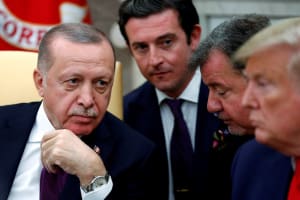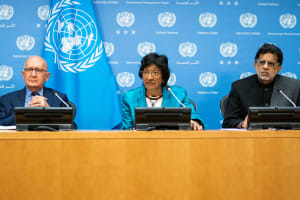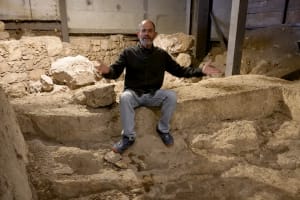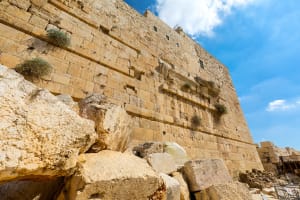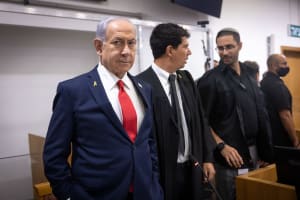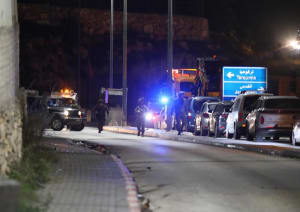Will the Gaza ceasefire survive into Phase 2? As (nearly) always, it’s really up to Trump
Dividing Gaza Strip & rebuilding only one side seems likely alternative

After two years of war in Gaza, Israel and the Hamas terrorists signed a ceasefire deal that is supposed to mark the final end to the fighting and the beginning of permanent peace.
This only came about under heavy U.S. pressure, and it appears that this pressure is the essential ingredient to the ceasefire even surviving its first phase, let alone transforming into a final peace agreement.
At the moment, we are in Phase 1 of the ceasefire agreement, which stipulates the return of all Israeli hostages.
Hamas is slow-walking this process and appears bent on dragging out this phase as long as possible, while regaining control over the Gaza Strip. It is already trying to exert influence over the potential “technocratic” government that is expected to take over the civilian administration of the enclave at some point.
Despite signing an agreement, the terror group, therefore, appears to have no intention of advancing to Phase 2 of its own free will and will have to be forced to do so.
Even then, it will try to switch to the “Hezbollah model,” maintaining de facto control over Gaza through its weapons while a technocratic committee manages civilian affairs.
Disarmament is the key to everything
Disarmament is the most important point of the deal – but Hamas has nothing to gain from it nor any incentives to voluntarily hand over its weapons – and the only one who can force it to do so is Israel.
Yoni Ben Menachem, a researcher at the Jerusalem Center for Foreign Policy and Security, argues that “anyone who expects diplomatic coercion or economic levers as a way to disarm them is mistaken.”
This will continue to be the main roadblock to peace. The only nonviolent path forward would be if Hamas leaders on the ground in Gaza themselves concluded that continuing to fight is futile, either due to mental or material exhaustion, being low on supplies, or men.
If anything, the opposite appears to be true at the moment. According to available reports, Hamas has reasserted its authority over the roughly 47% of the enclave not under direct IDF control, reinstating taxation and even rudimentary civilian governance.
Israeli security estimates that through recovery, recruitment and training, the terror group still has some 10-20,000 gunmen available.
However, the group’s internal command and control remain badly damaged, much of its heavier weaponry has been destroyed during the two years of fighting, and rearmament is impossible with Israel controlling all of its borders.
Who will disarm Hamas?
If, like good Westerners, we go by the letter of the agreement, we would now look to the Arab countries as the likely candidates to take over the Gaza Strip, disarm Hamas, and provide security in its stead while reconstruction commences.
After all, this is what is implied in the calls to set up the “International Stabilization Force” (ISF), for which several nations have reportedly already pledged some troops.
The Arab League even publicly declared that it wants Hamas disarmed, and this is, in fact, in the interest of many of the regional powers, particularly those of the “moderate Sunni axis,” like Saudi Arabia, Egypt, and the United Arab Emirates.
However, none of them will take actual steps to take Hamas’ weapons, let alone fight the terror group in Gaza’s streets.
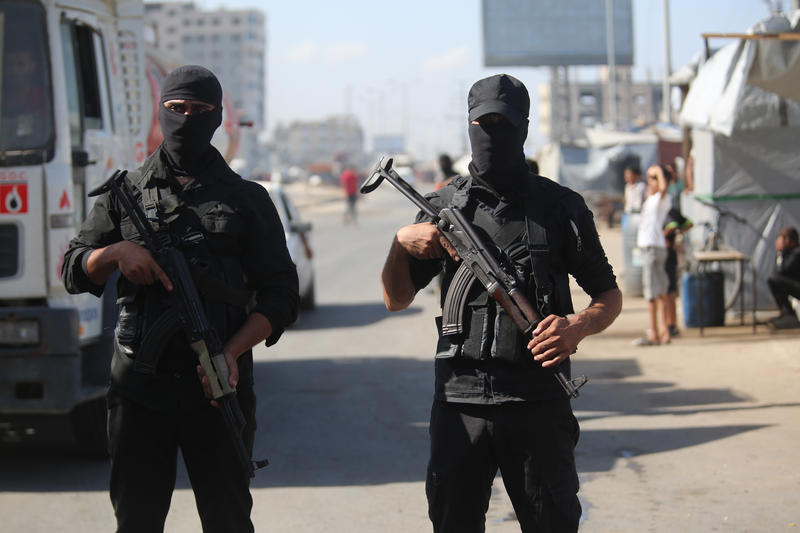
Israeli journalist Amit Segal told the Free Press it is naïve to expect that “what five Israeli commando divisions tried to do for two years will be done by two Emirati battalions in two weeks.”
“However, I think now the pressure on Hamas is way stronger, especially from the fact that Hamas’s sponsors and patrons, Qatar and Turkey, signed an agreement that actually says Hamas has to step down,” he added.
The only regional states that actually have influence and leverage over Hamas, Qatar and Turkey, are, however, just as likely to support its survival and restoration one way or another than to usher in its final demise.
Ben Menahem stressed that disarming Hamas “will be possible only by military force, and the IDF is the only body that has both the capability and the motivation to carry that out.”
Meanwhile, the majority of Israel’s population is tired of the war and is happy about the ceasefire, even if some, in theory, believe Hamas should have been destroyed completely.
While even the far-left opposition parties like Yair Golan’s Democrats have advocated strong military responses when Hamas violates the ceasefire – or in the event it attempts to rearm – it is far from certain that Israeli society would have the stomach for a full-blown return to fighting, including another round of tens of thousands of reserve soldier call-ups and the inevitable daily news of fallen soldiers.
Anyway, this would mean a return to war, rather than the implementation of Phase 2 of the ceasefire.
So, the threat of Israeli military force has been brandished by both Israel as well as U.S. President Trump, but it is uncertain whether it will be wielded again to full effect in the near future.
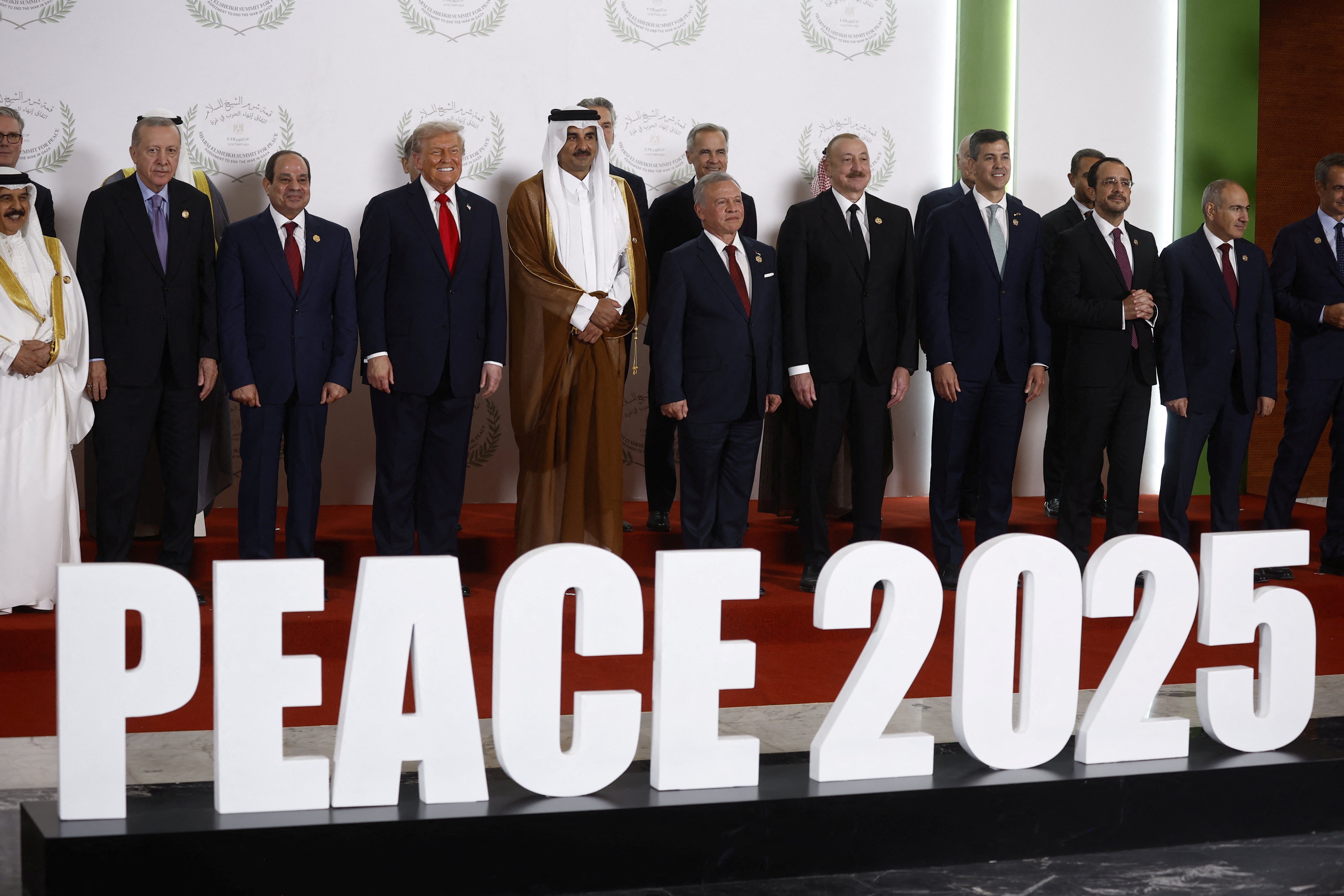
All progress depends on the US
This brings us to the Trump administration, which will remain the key player in all of this.
Its pressure on the mediators, which they will pass on to Hamas, is the only type of non-military force that can move Hamas to act, and it has also used the threat of Israel’s military “finishing the job” several times already.
Trump has invested enormous rhetorical capital in the success of this agreement and will probably try everything possible to make it work.
But even if Hamas releases all the hostages, Phase 2 will remain completely up in the air, as negotiations over this phase haven’t even begun: the details of how Hamas is to be disarmed, who exactly will govern Gaza, and how, aren’t even set on paper yet.
So how could U.S. pressure move Hamas toward a second phase, and compel it to cooperate once it begins? Recent comments made by U.S. Vice President JD Vance, Secretary of State Marco Rubio and Trump’s son-in-law, Jared Kushner, have begun to hint at the way forward.
Israel is pushing for a principle of “reconstruction only in exchange for demilitarization,” and it seems the United States is on board with this.
Visiting the American base for monitoring and coordinating the ceasefire, Rubio signaled last week that the Trump administration will support Israel in its insistence on completely disarming Hamas.
Vance said the basic idea is to “take the areas where Hamas is not operating, start to rebuild very quickly, start to bring in the Gazans so they can live there, so they can have good jobs and hopefully some security and comfort, too.”
Kushner told The Wall Street Journal that there are considerations that “in the area that the IDF controls, as long as that can be secured, to start the construction as a new Gaza.”
The plan, which the report stresses has not yet been accepted by the Arab states, is to divide Gaza into two zones.
The area under IDF control will be cleared, organized aid will flow in, and reconstruction will begin – while the rest of Gaza continues to suffer occasional Israeli airstrikes and devastation, creating a new form of pressure on Hamas.
The concept has not been set in stone, but it is the only publicly known, concrete plan that could compel Hamas to disarm and move the ceasefire into Phase 2.
As things stand now, the ceasefire will drag on for some time. For a longer period of quiet, Hamas’ disarmament is indispensable.
And even then, let us remember who we are dealing with. A genuine, permanent peace with Hamas is simply not in the books, but Israelis would be thankful for a few years of rest nonetheless.
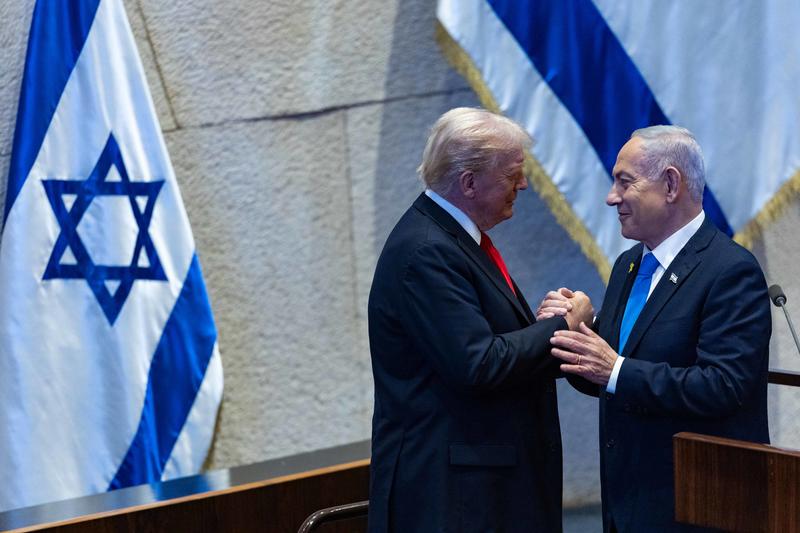
Is All Israel News’ faithful reporting important to you? Be part of it—help us continue by becoming a $5/month supporting partner.

Hanan Lischinsky has a Master’s degree in Middle East & Israel studies from Heidelberg University in Germany, where he spent part of his childhood and youth. He finished High School in Jerusalem and served in the IDF’s Intelligence Corps. Hanan and his wife live near Jerusalem, and he joined ALL ISRAEL NEWS in August 2023.
You might also like to read this:



